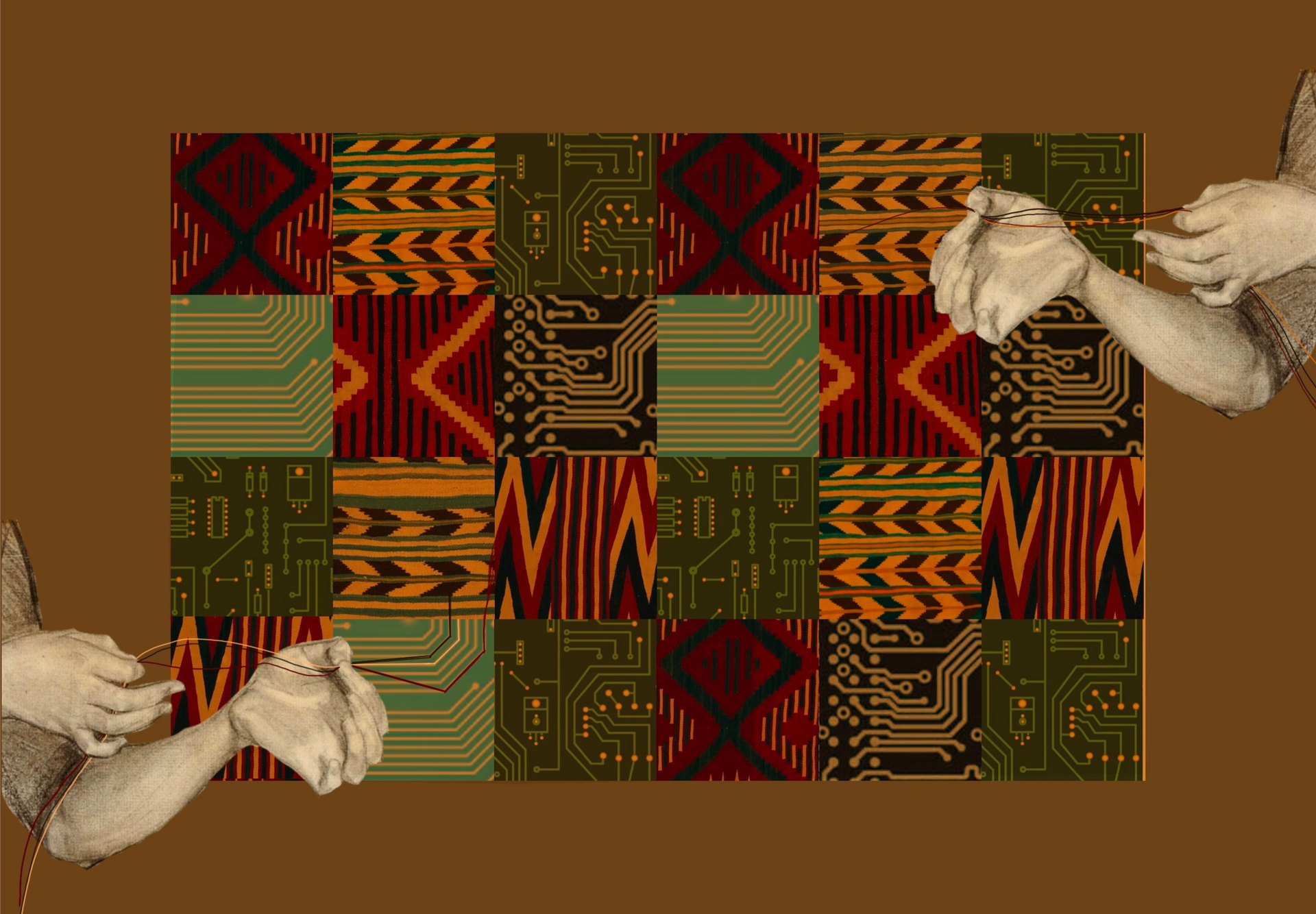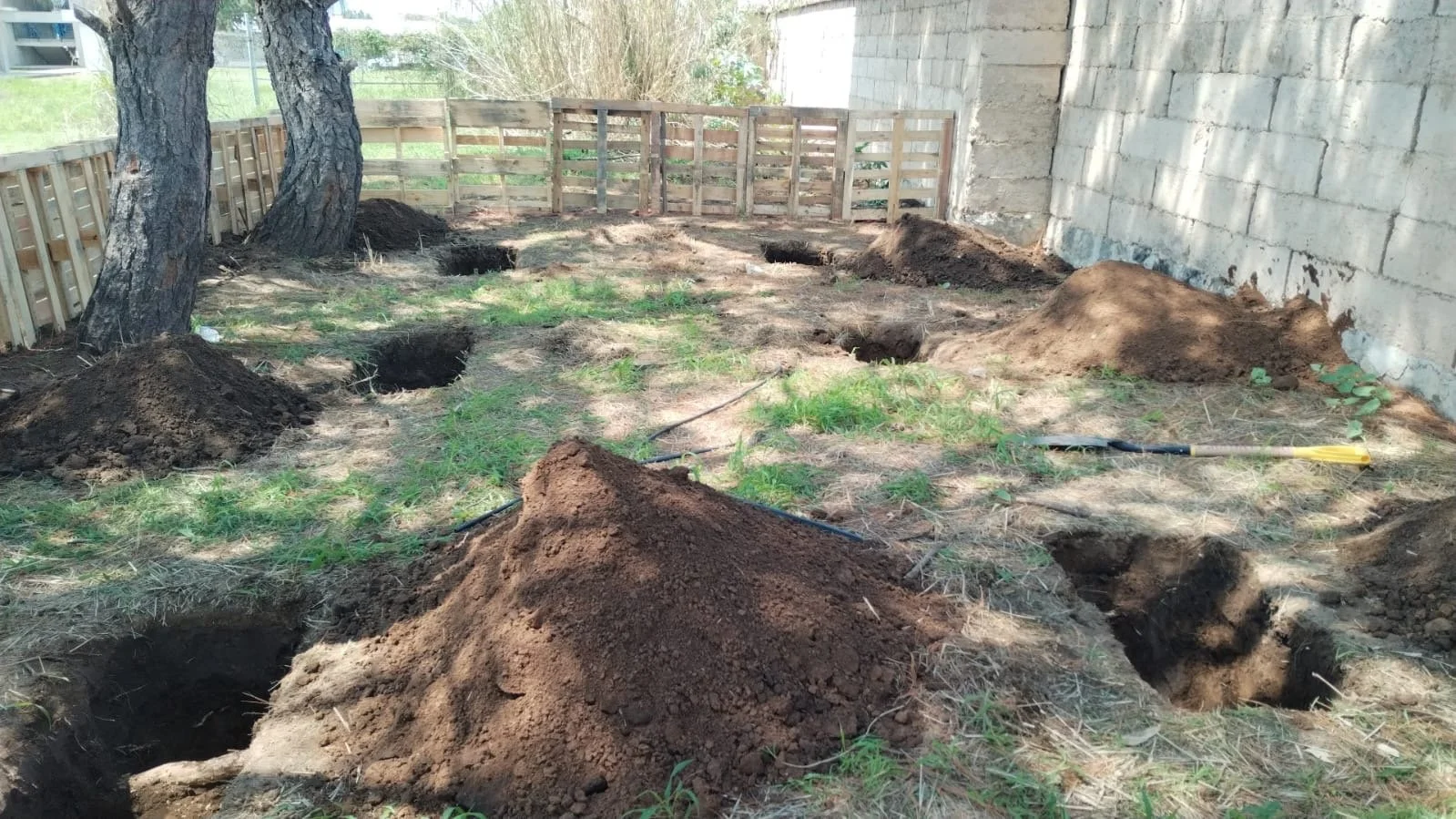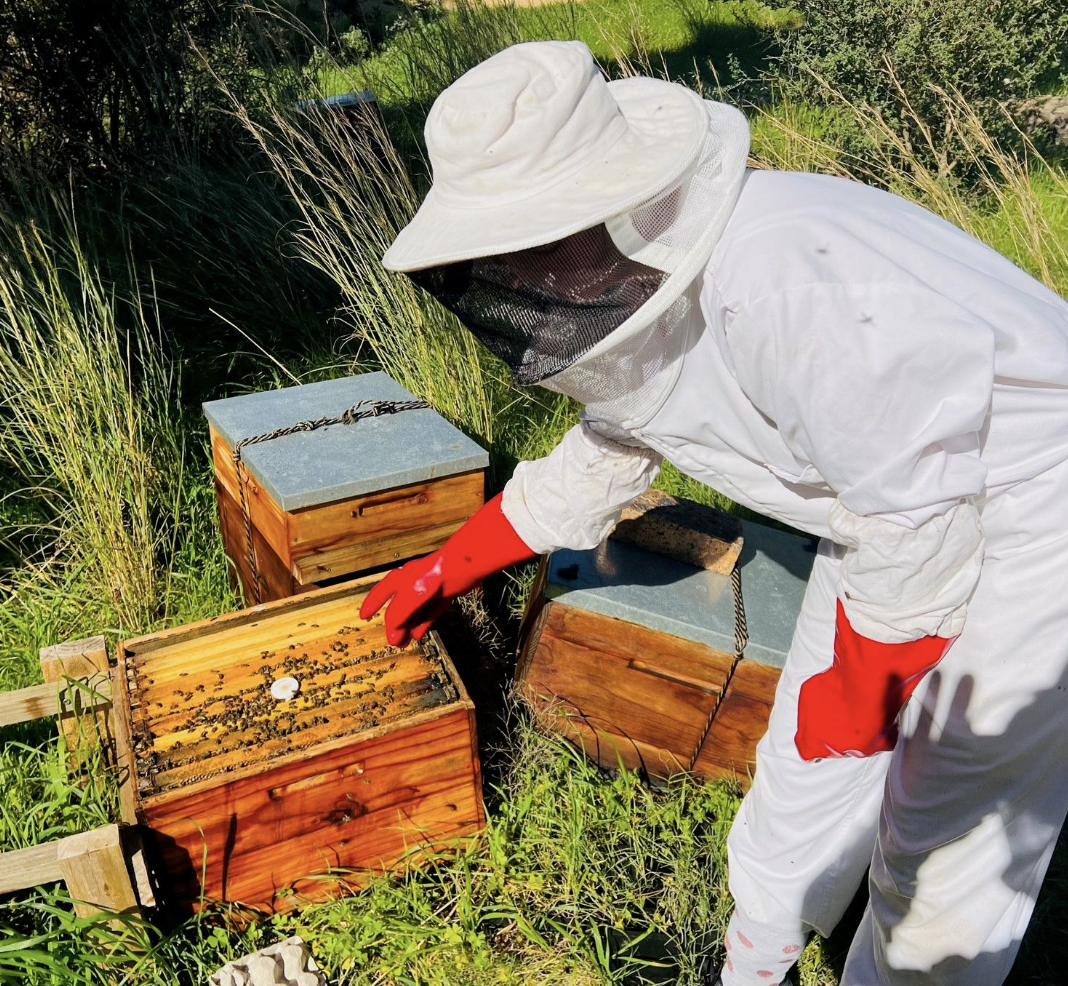SWaDE: Satellite-based water demand estimation

THE QUESTION
Can AI make solar mini grids a more reliable energy source for powering irrigation in Ethiopian farms?

LOCATION: Ethiopia
SECTOR: Agriculture
TECH: Satellite data, ground data
TIMELINE: September 2024 - March 2025
PIONEER: Nina Hissen, Sehr Syed
PARTNERS: SWaDE
The Challenge
Agriculture is Ethiopia’s leading economic activity, accounting for a substantial portion of national GDP. Yet, the country is vulnerable to droughts induced by climate change. Droughts have led to severe food shortages in some parts of the country, as 90% of Ethiopia’s agricultural production is rainfed. After four years of adverse weather conditions, building resilience in the country’s agriculture sector is highly important.
Irrigation is critical to fostering steady agricultural production. However, irrigation requires farmers to have access to affordable energy, something that is limited in the rural areas of the country. High and increasing fuel costs for diesel pumps make these unaffordable for most farmers and trap people in poverty. There is a need to provide affordable energy access to irrigate rural areas, otherwise the cycle of food shortages and poverty is likely to continue.
The Idea
What if we could use solar mini-grids and pumps in order to provide a cheap and environmentally friendly source of energy? While that may sound like an easy solution, in practice there are several problems with doing so.
Issues with the deployment and management of these solar mini grids has led to inaccurate estimations of energy demand, creating problems for farmers. Investors don’t trust the solar mini-grids and the unreliable forecasting methods used to work out demand. Furthermore, conflicts have emerged between upstream/downstream farmers over water usage.
But there is hope for a solution using frontier tech - by applying AI-based software called Satellite Based Water Demand Estimation (SWaDE), we may be able to forecast water and energy use better than any human can. SWaDE uses cutting-edge AI algorithms to gather and interpret satellite imagery from a wide range of sources. It also uses agricultural data - for example soil moisture, surface temperature - to calculate expected energy usage.
By using SWaDE, we can demonstrate that solar mini-grids and pumps are a reliable tool in irrigation technology. This will please commercial investors and local authorities, and hopefully lead to more people using solar mini grids and pumps. The overall result is a better deal for farmers.
Our learnings and stories so far
The tiny tweaks, big-time losses and moments that lead to better solutions for those who need them most.
Four years ago, we wrote about failure as something to minimise. Today, we celebrate it as our most valuable asset.
We are now accepting grant applications from innovators who are developing tech solutions to unlock adaptation finance and strengthen MSME resilience in Viet Nam and the Philippines. Click here for more.
Can carbon markets really fund land restoration in the Sahel, or are we chasing unicorns? Our Drylands pilot uncovered the hurdles, opportunities, and tech innovations shaping this critical question.
Concrete and other high-carbon materials dominate construction, driving up emissions and costs. This report explores how bamboo and straw could offer scalable, low-carbon alternatives for sustainable housing in resource-constrained regions.
London Climate Action Week doubled in size this year, signalling greater global engagement with climate solutions. But as the conversation heads to New York, many of the voices that matter most may be notably absent.
Each month we take one global critical challenge and explore what’s happening on the frontier of innovation. This month we're On the Frontier of Health Chatbots.
Health chatbots don’t succeed because they’re clever, but because they’re embedded in trusted systems with clear referrals to real people at the right time. Here’s what we’ve learned over six years of pilots.
Each month we take one global critical challenge and explore what’s happening on the frontier of innovation. This month we're On the Frontier of Finding Peace.
Emerging due diligence and traceability requirements across forest commodity supply chains risk excluding smallholder farmers and producers. This report looks at the potential for open data tools to demonstrate compliance.
We’re looking for expert support to assess the market for Silica and Silicon, providing key intelligence, analysis and recommendations for commercialisation pathways.
One tech stack and decades of lived experience to locate clandestine graves.
Insights from a panel at Pembroke College, Oxford: a Pioneer, a technologist, two forensic archaeologists, an artist and a searching sister.
Explore related pilots
Curious about how frontier technologies are impacting agriculture and farmers? Click below to read about our related work 👇🏽
Can banana fibre paper help fight parasitic nematodes and protect white yam crops?
Can producing high-purity silica from agricultural waste develop a new supply chain and create jobs?
Can earth observations from satellites coupled with ground big data provide insights for due diligence requirements in a sustainable cocoa production market?
Can IoT sensor technologies improve beekeeping productivity?
Can existing low-cost, low-power wireless IoT sensor technology be adapted to reliably measure and transmit data on parameters critical to insect growth?
Can hydroponic fodder provide an eco-friendly way for cattle raisers to access fodder, increasing the year-round availability of feed and reducing pressures on land use and associated conflicts?
Can using drones as a complementary technology be successful in tackling desert locust invasions in East Africa?
Can the provision of a pay-as-you-go cold storage platform reduce food waste and increase financial sustainability and productivity of smallholder farmers and market vendors in Zambia?
The Frontier Tech Hub works with UK Foreign, Commonwealth and Development Office (FCDO) staff and global partners to understand the potential for innovative tech in the development context, and then test and scale their ideas.






















Driven by the rise of AI tools and the explosion of the global datasphere, governments are facing a rapid shift in how data is created and used. This blog examines the new skills and organisational changes needed for governments to use AI for data analysis responsibly and effectively.